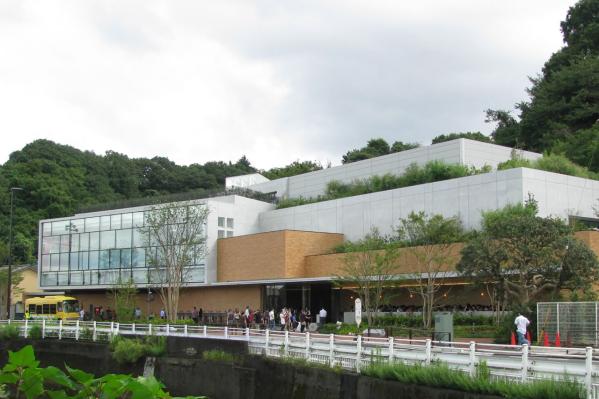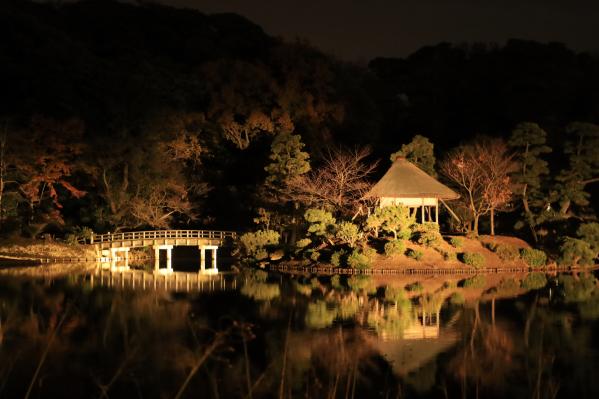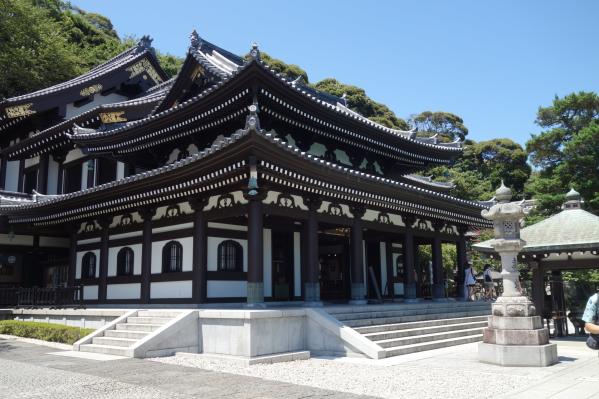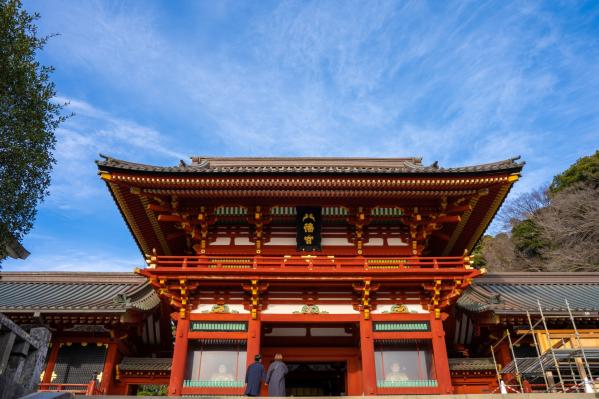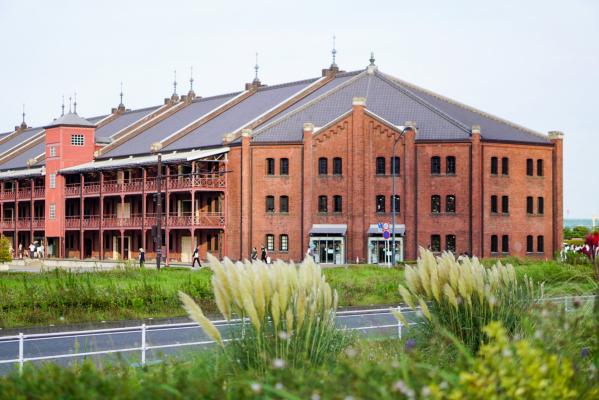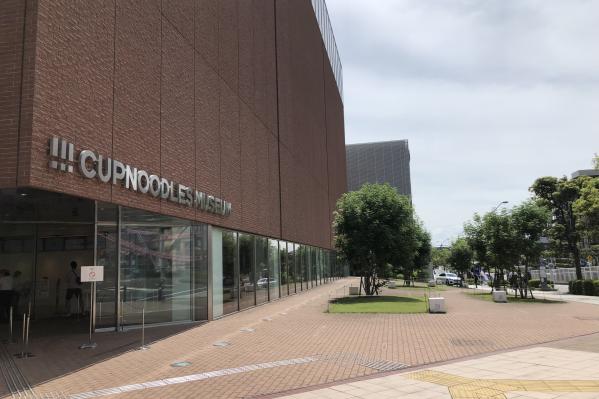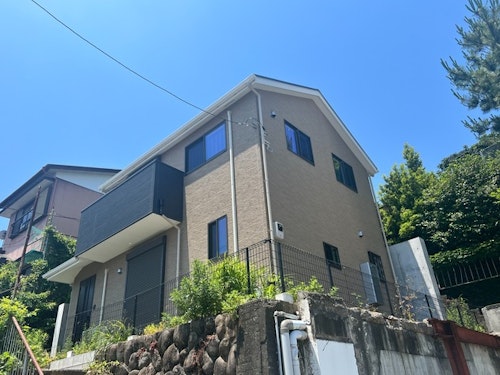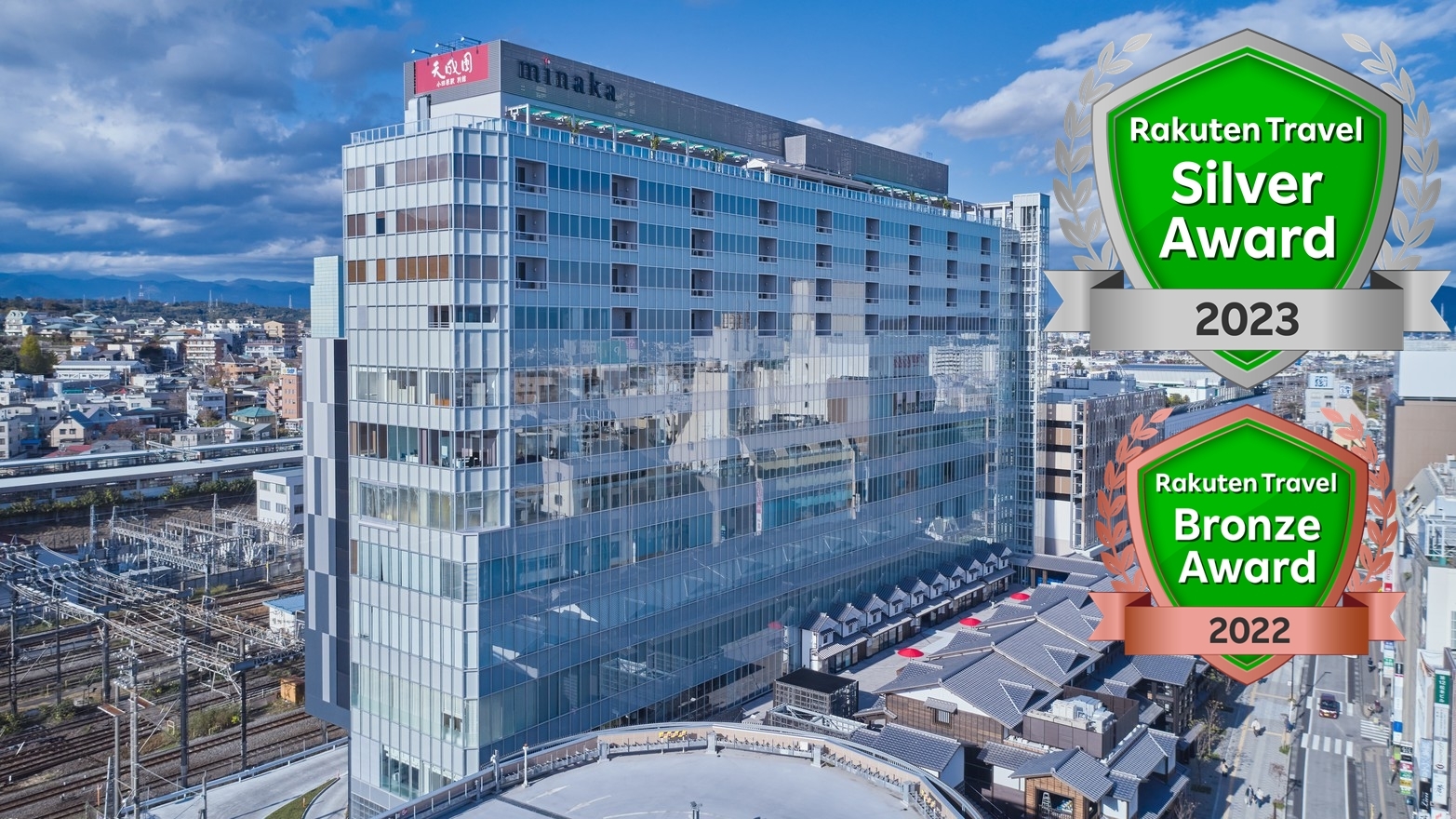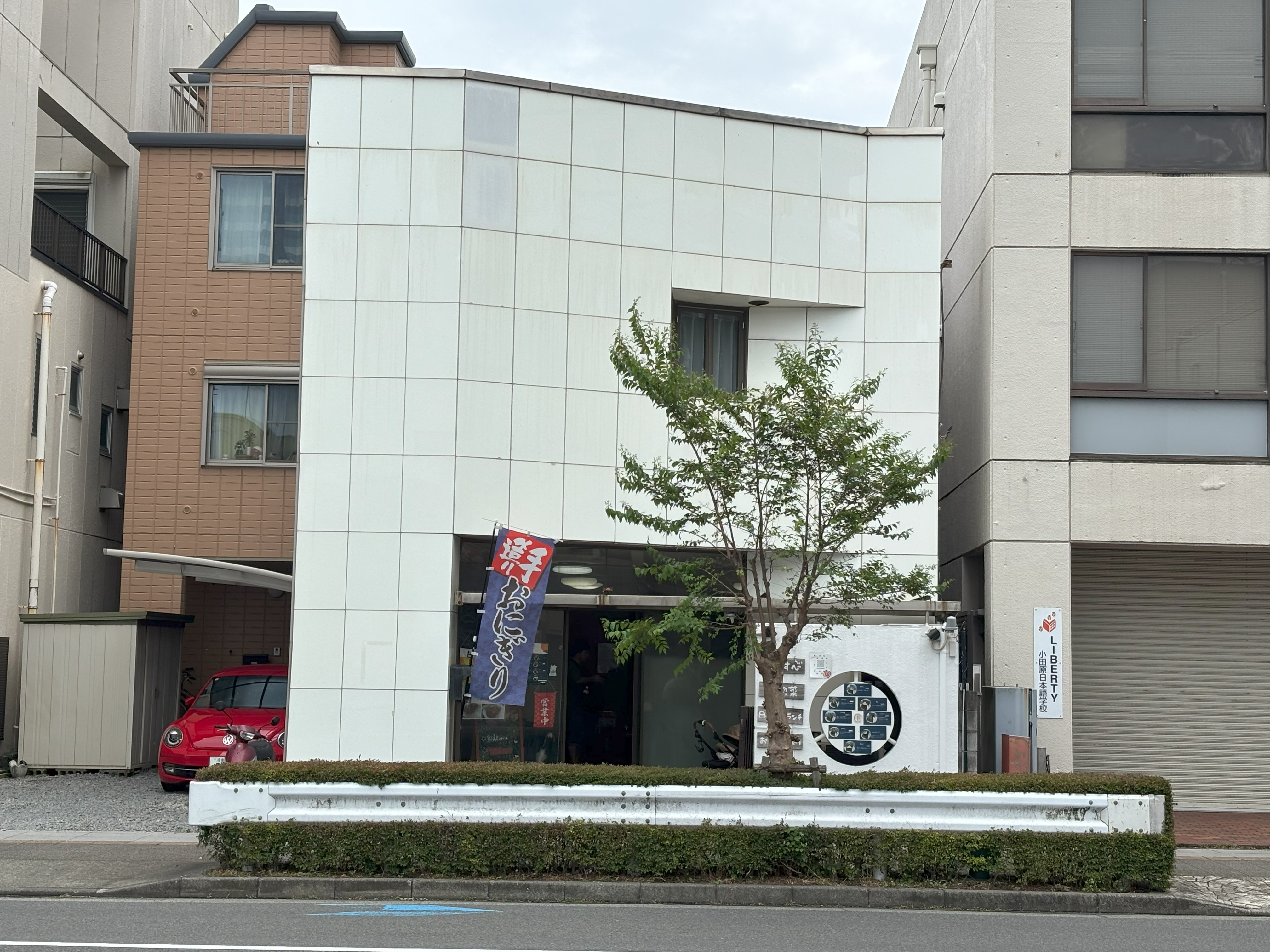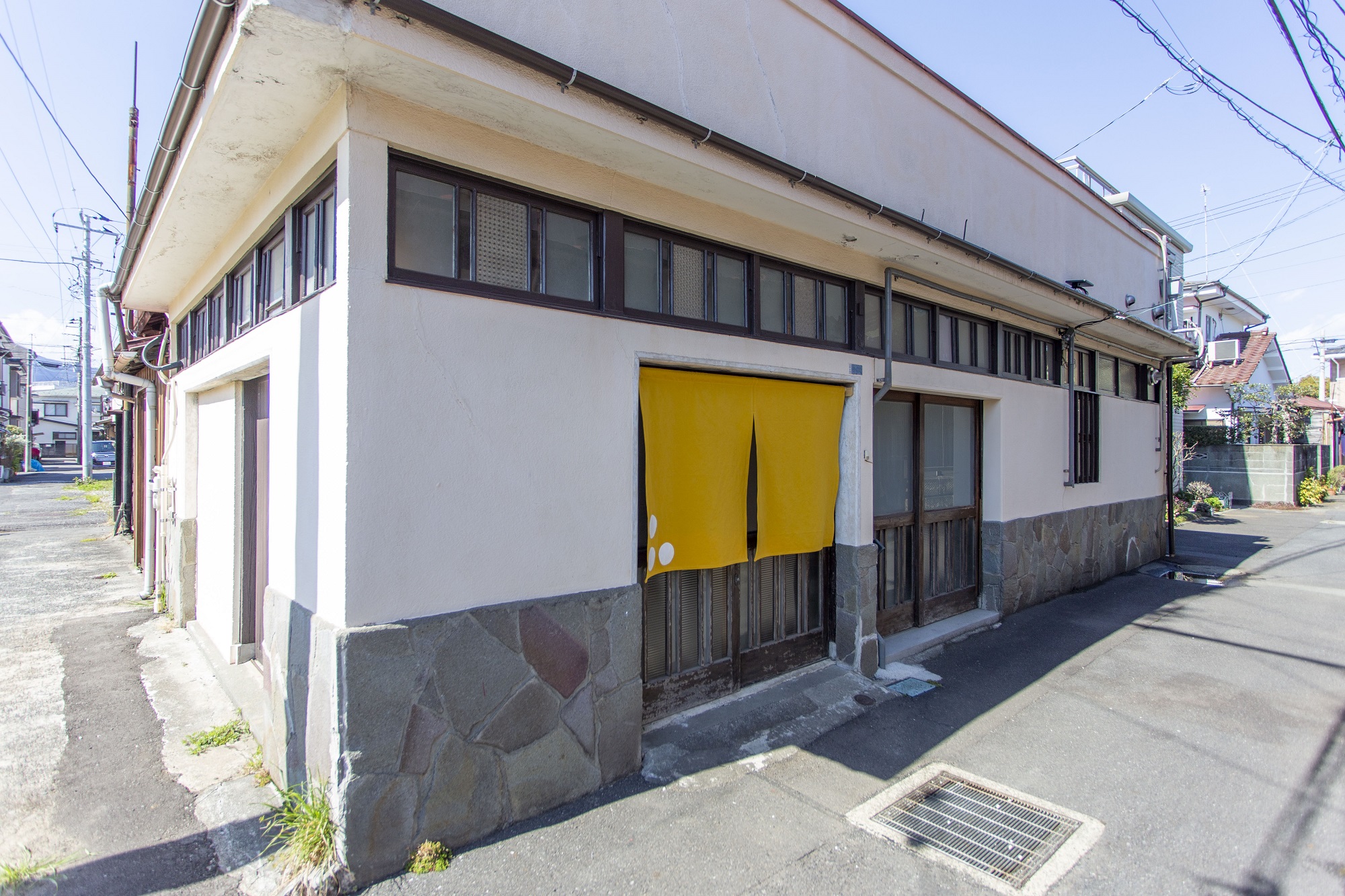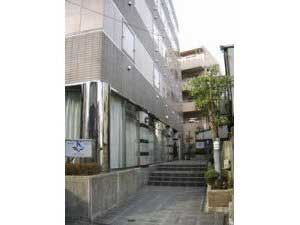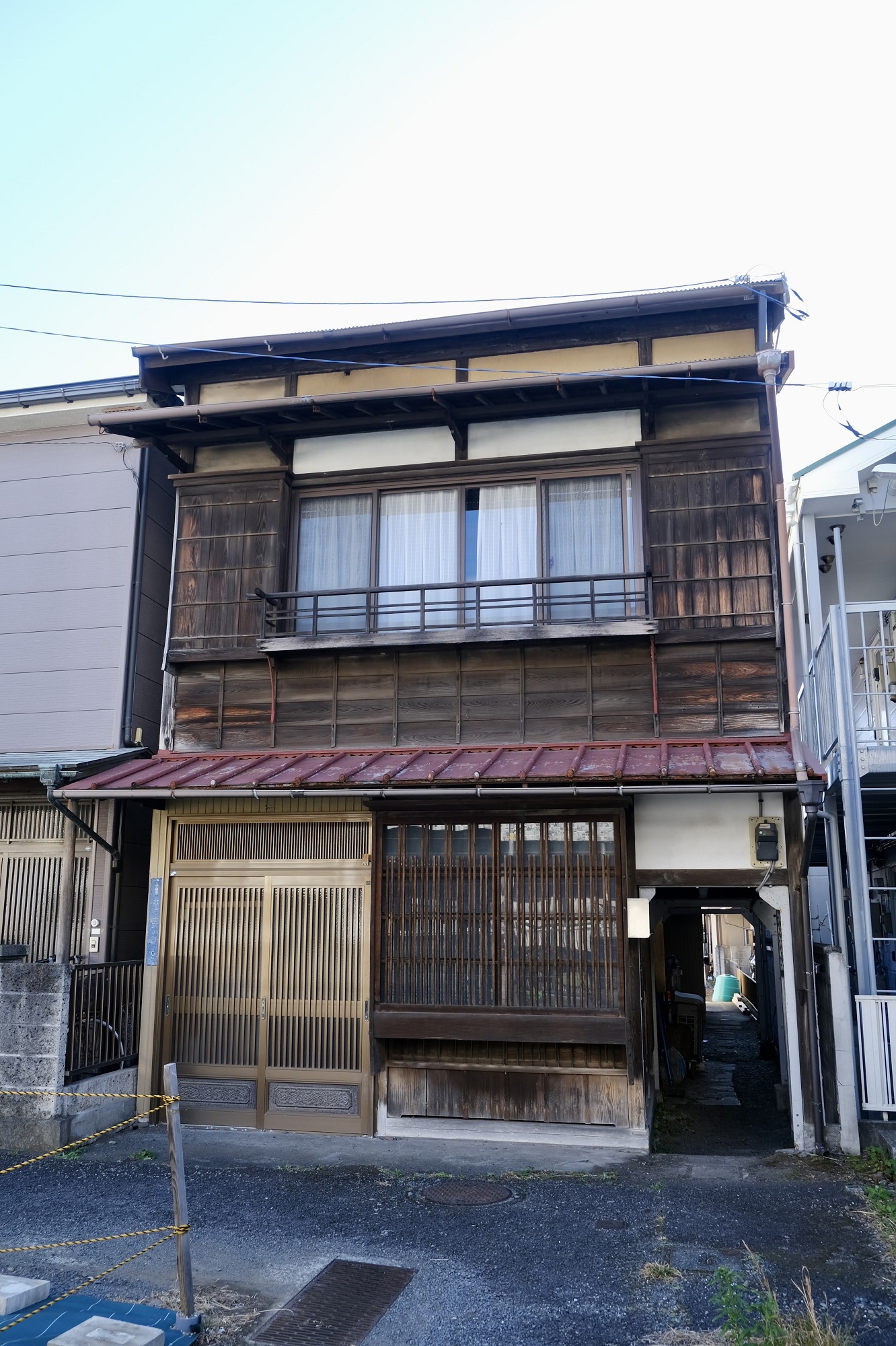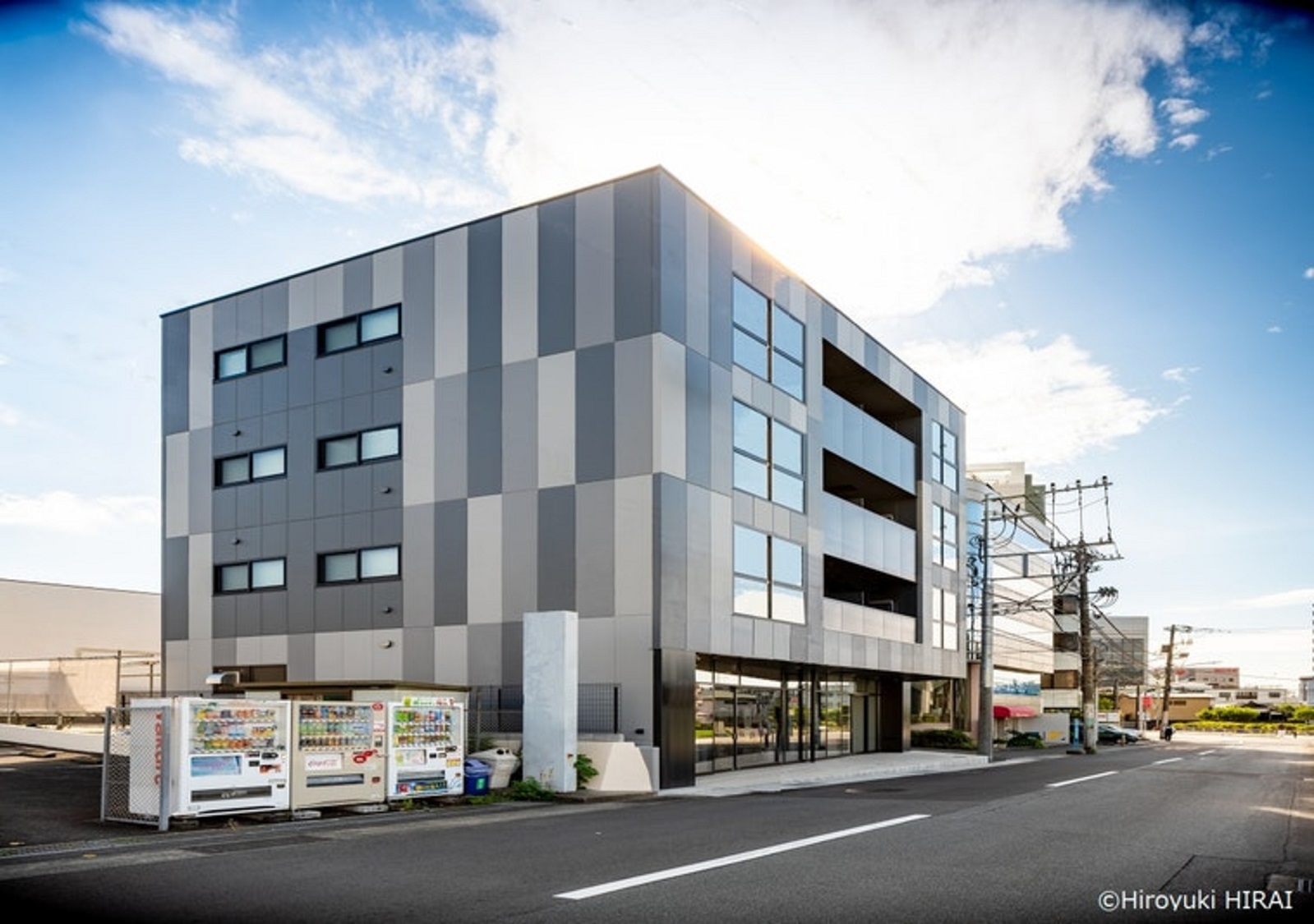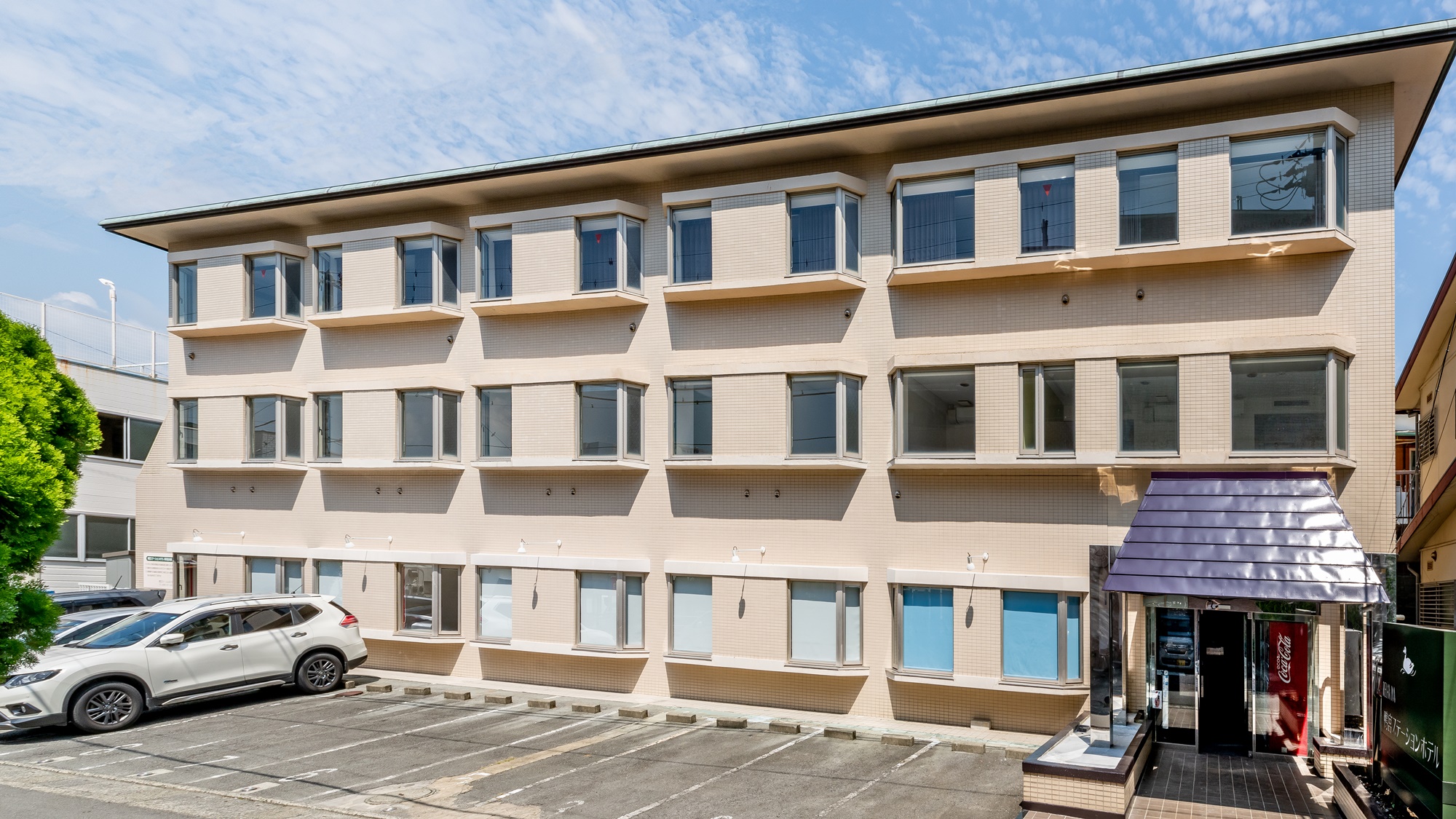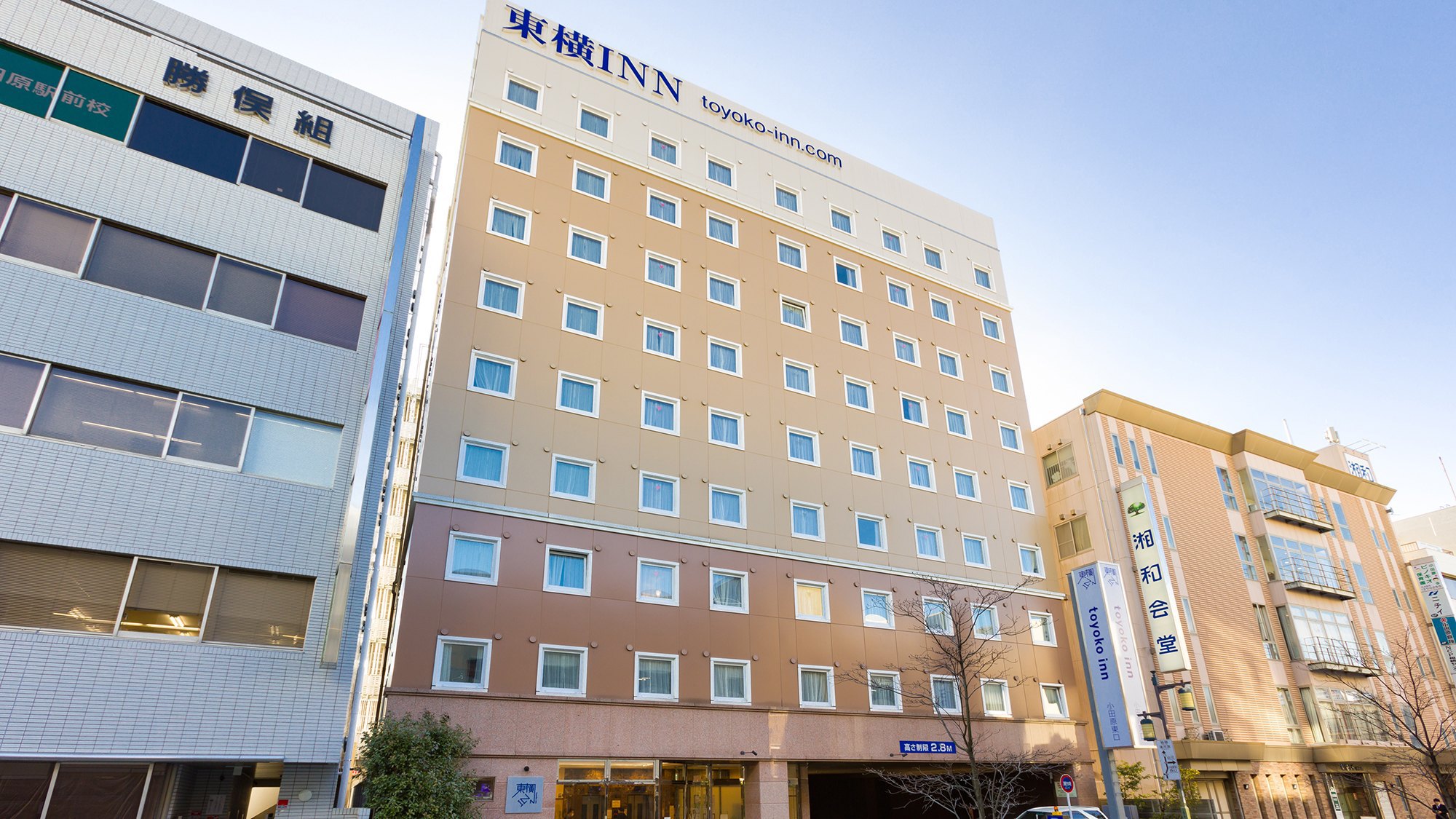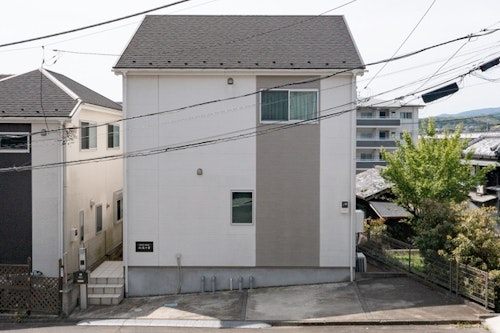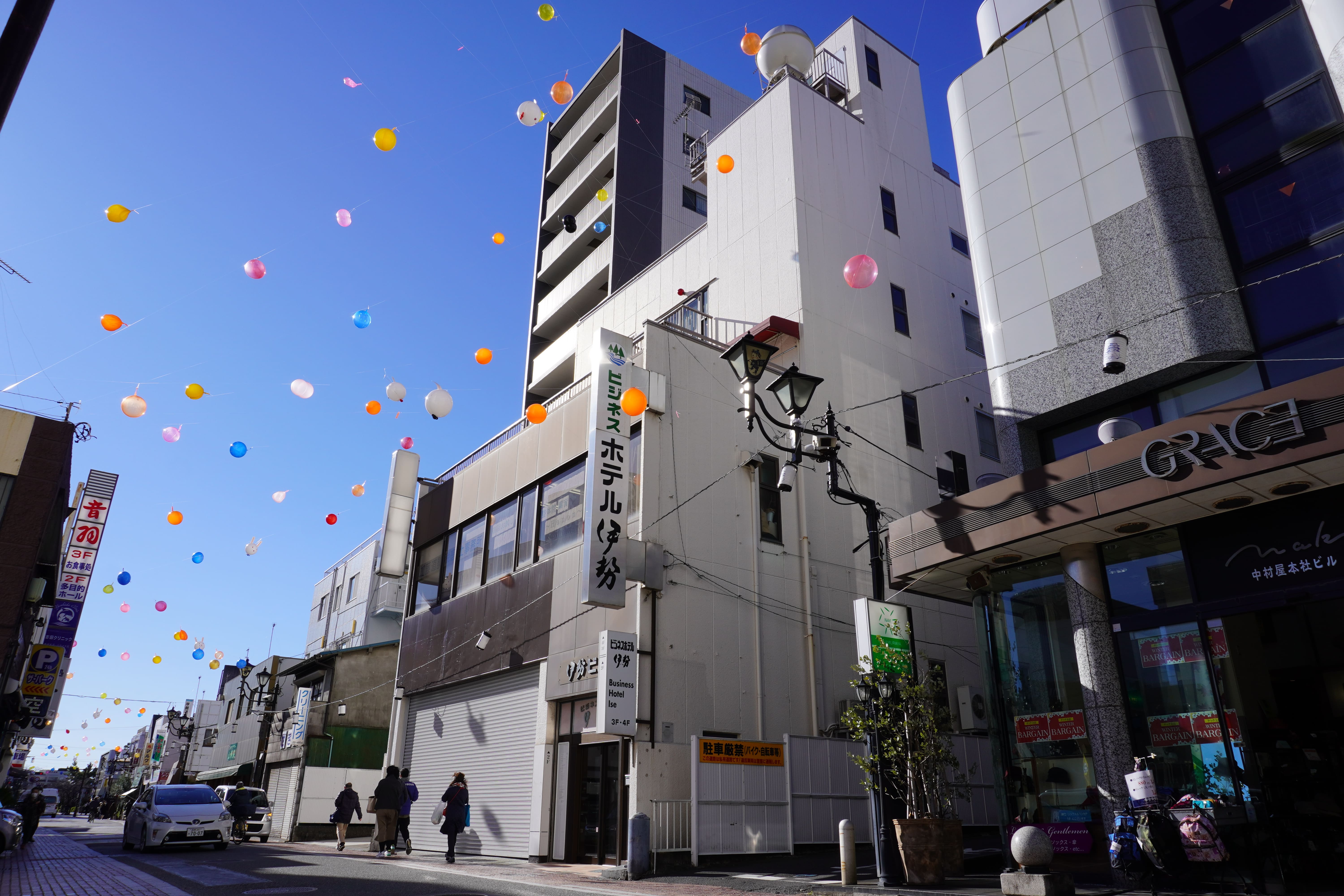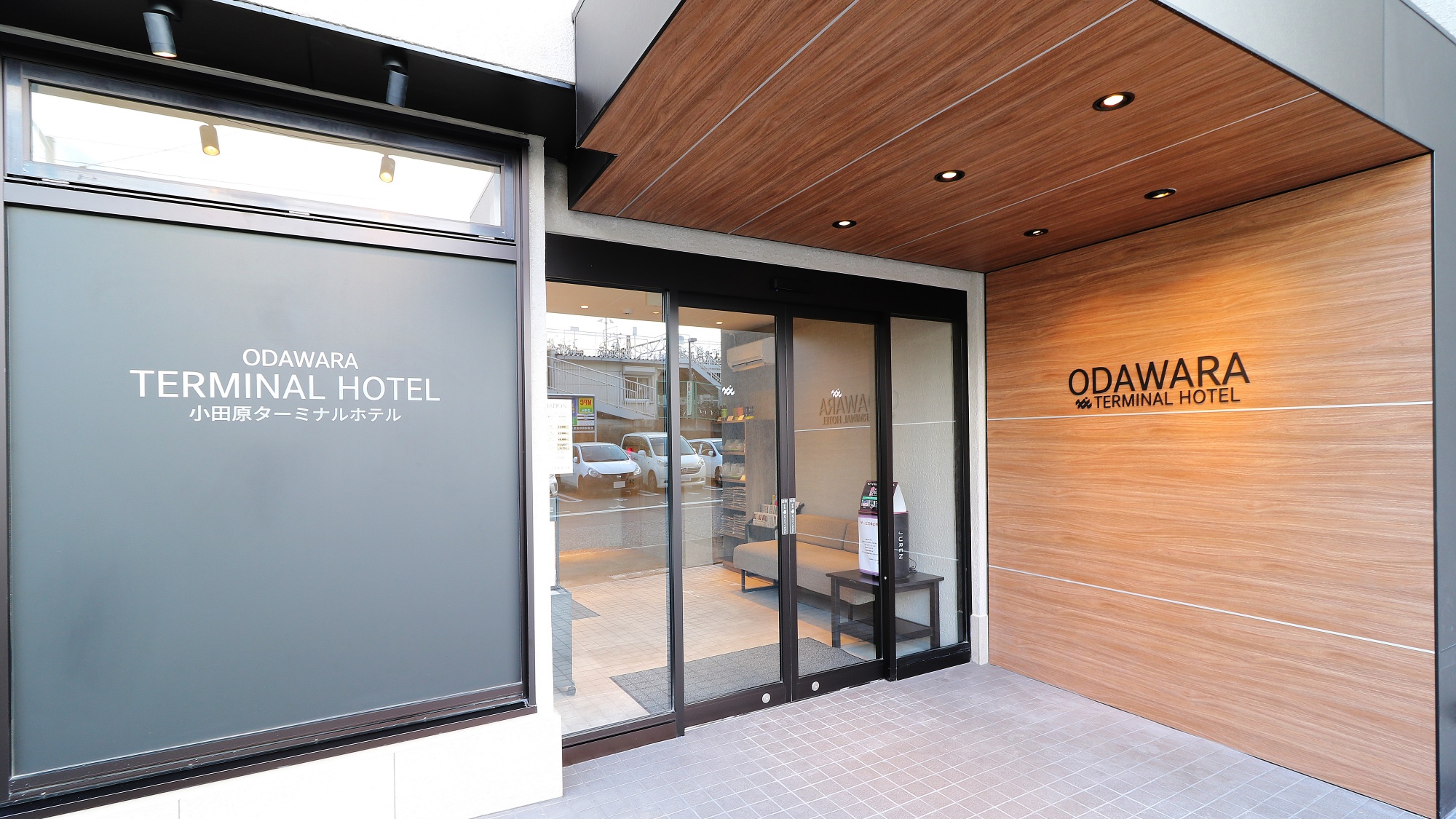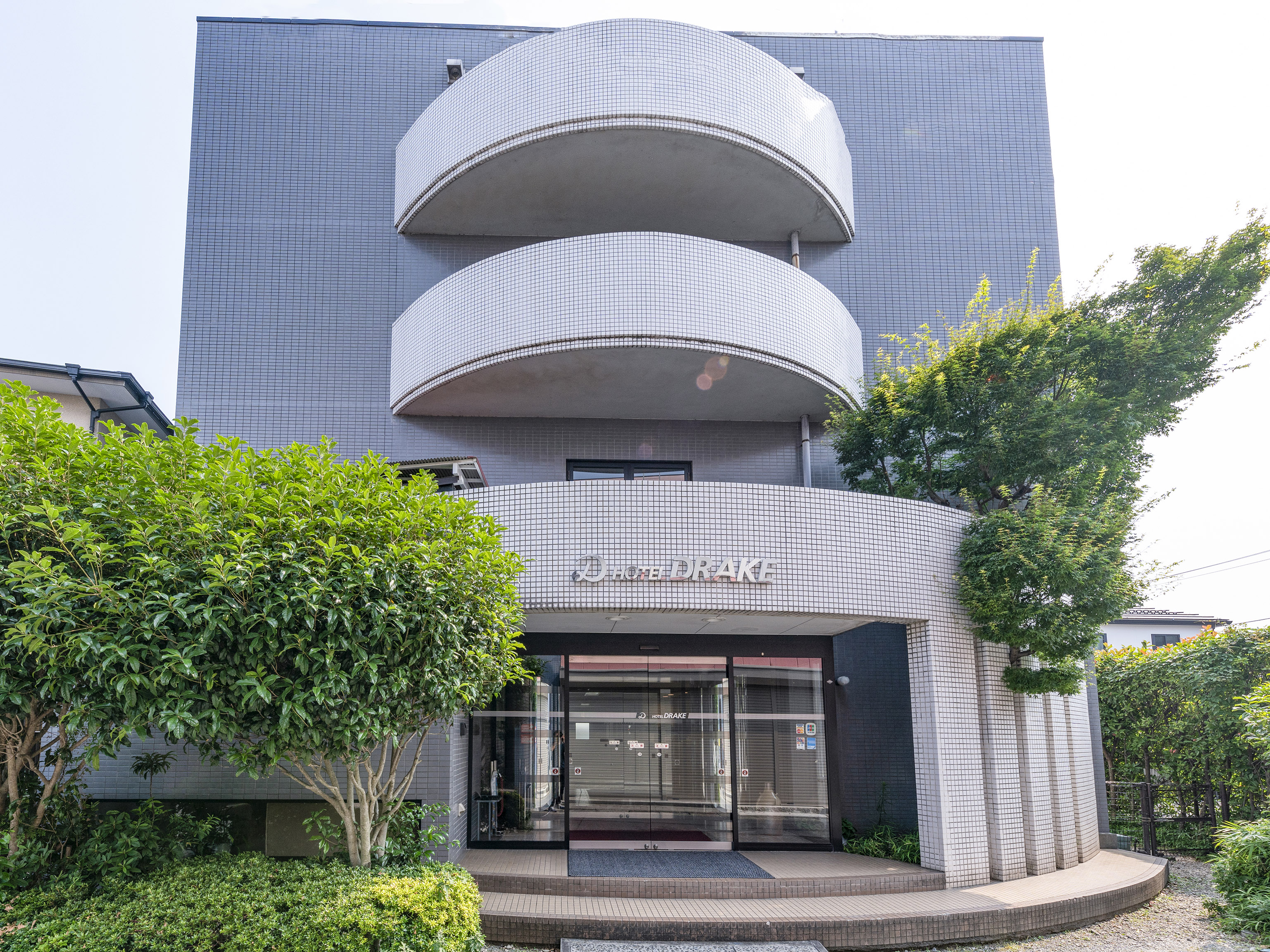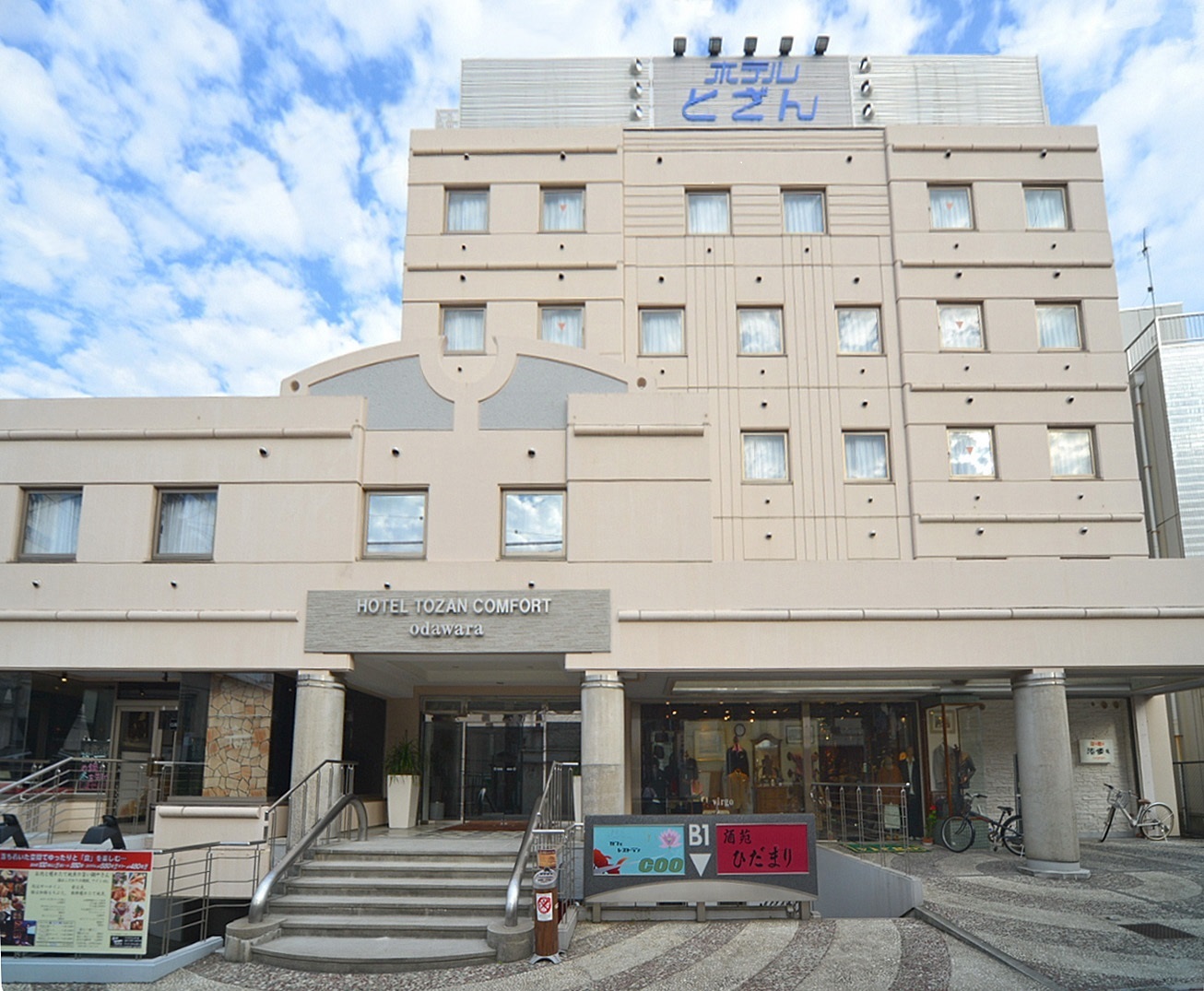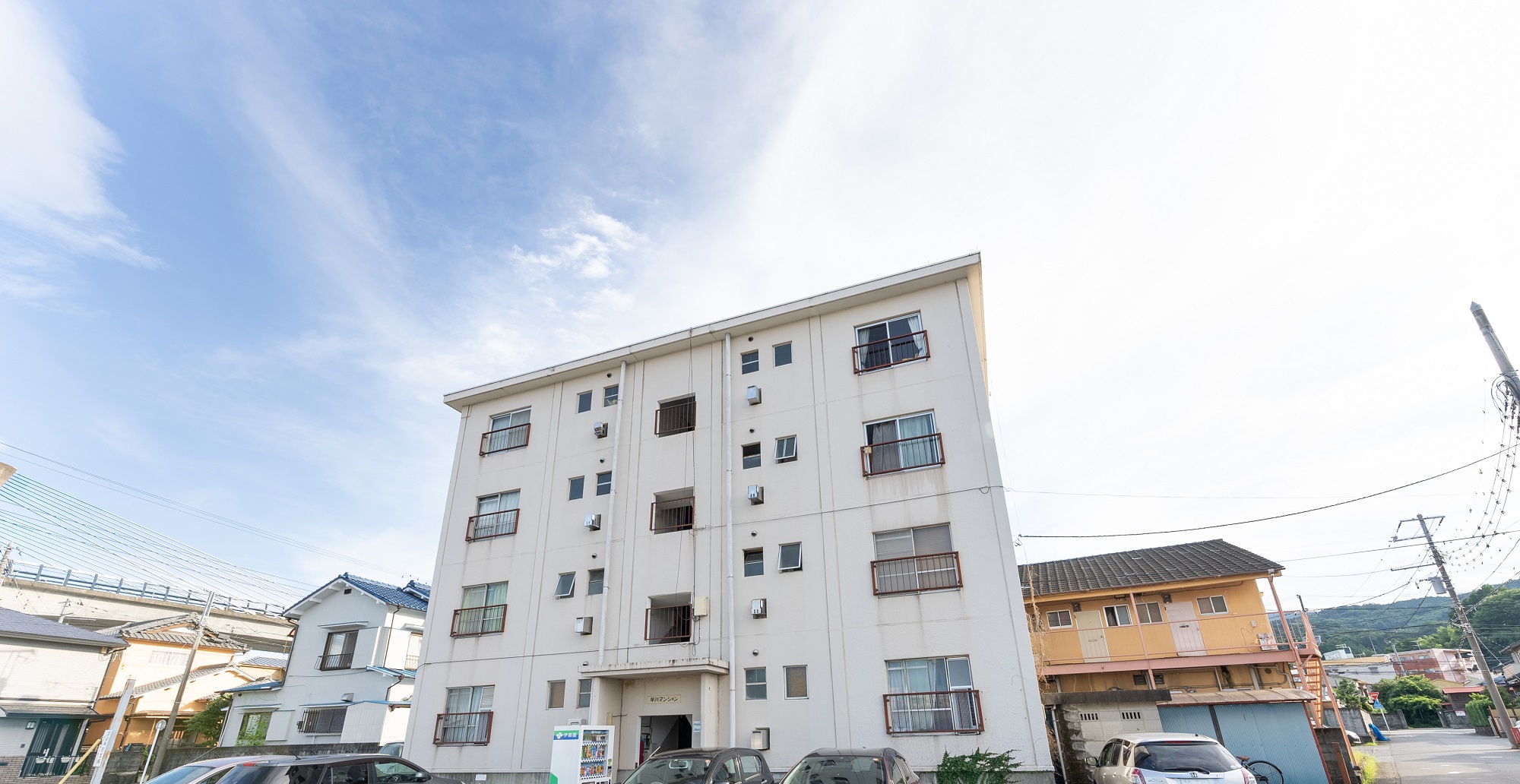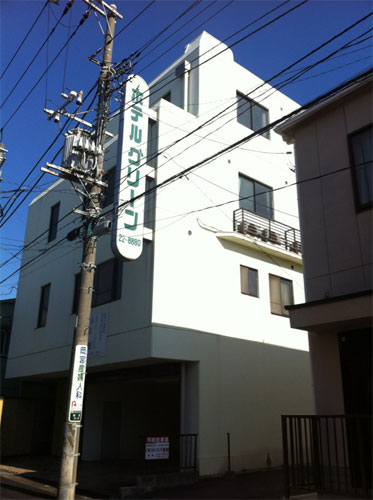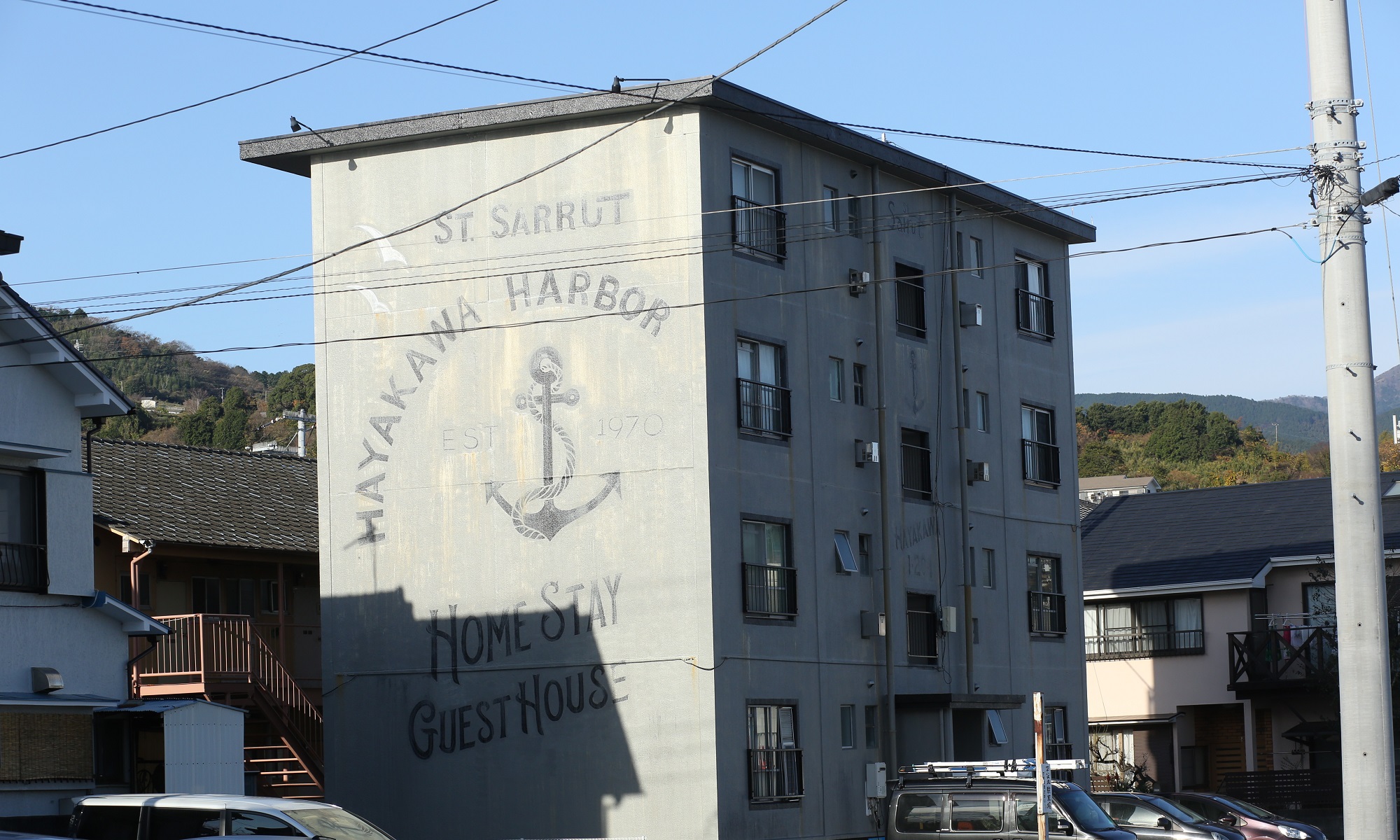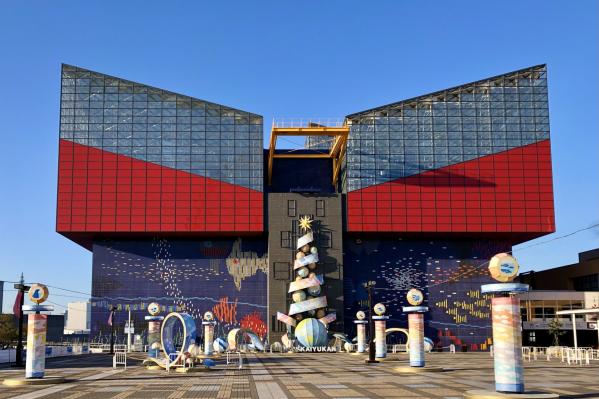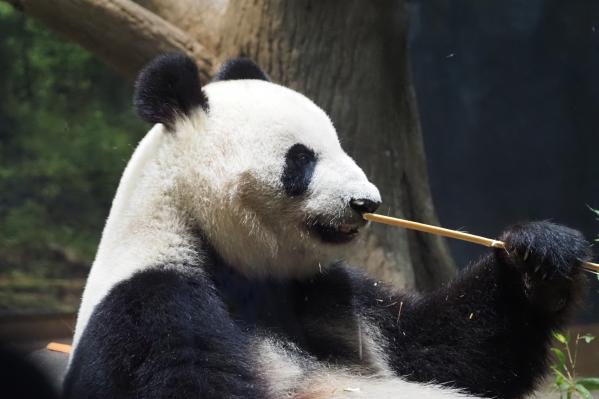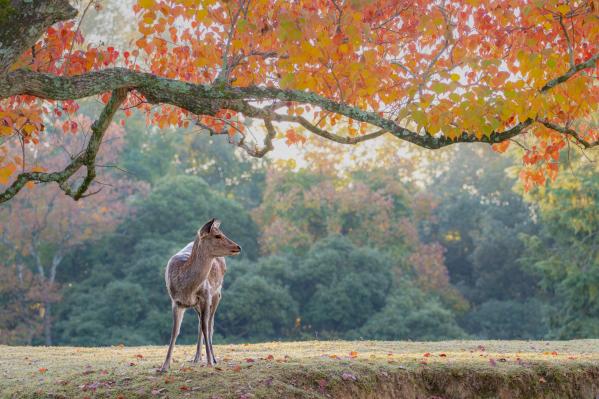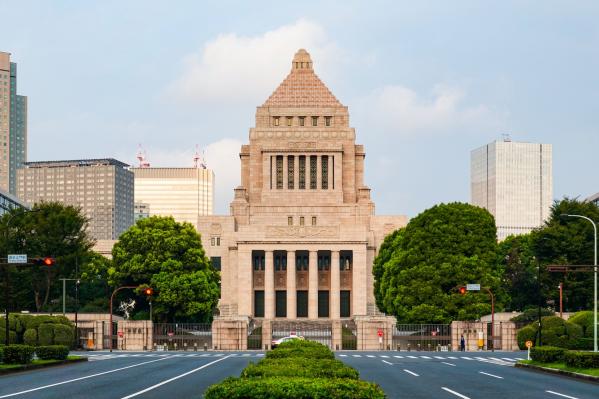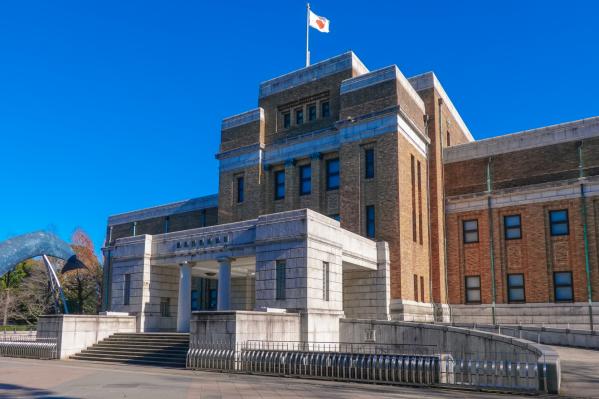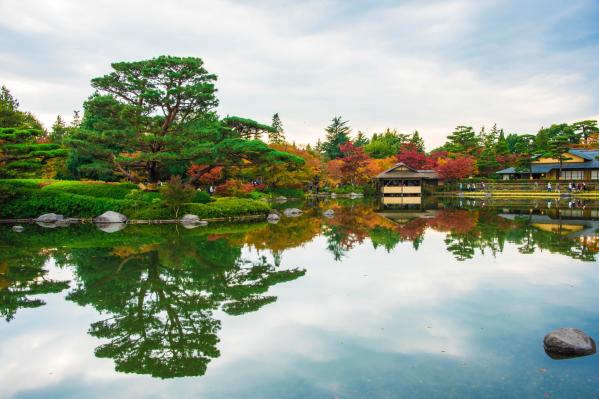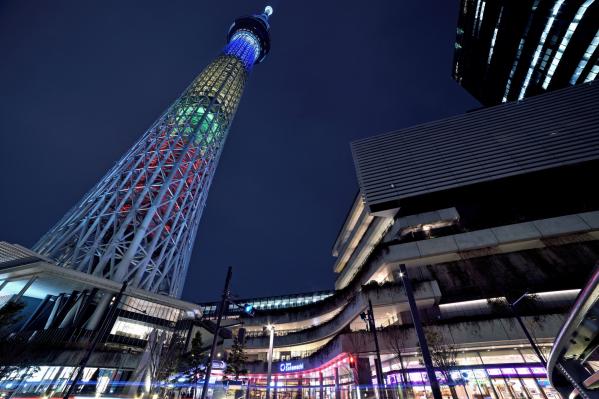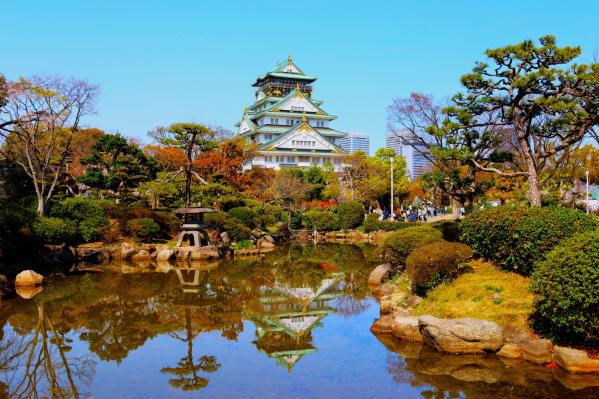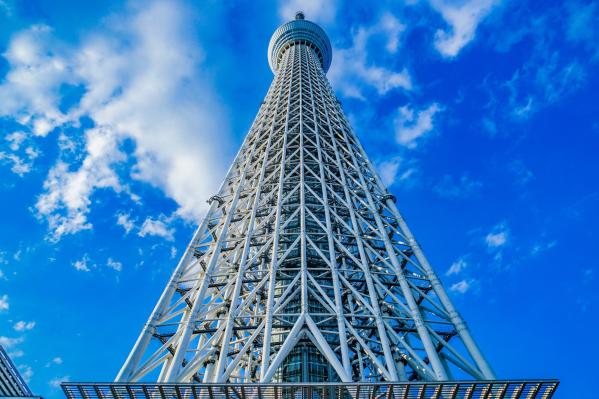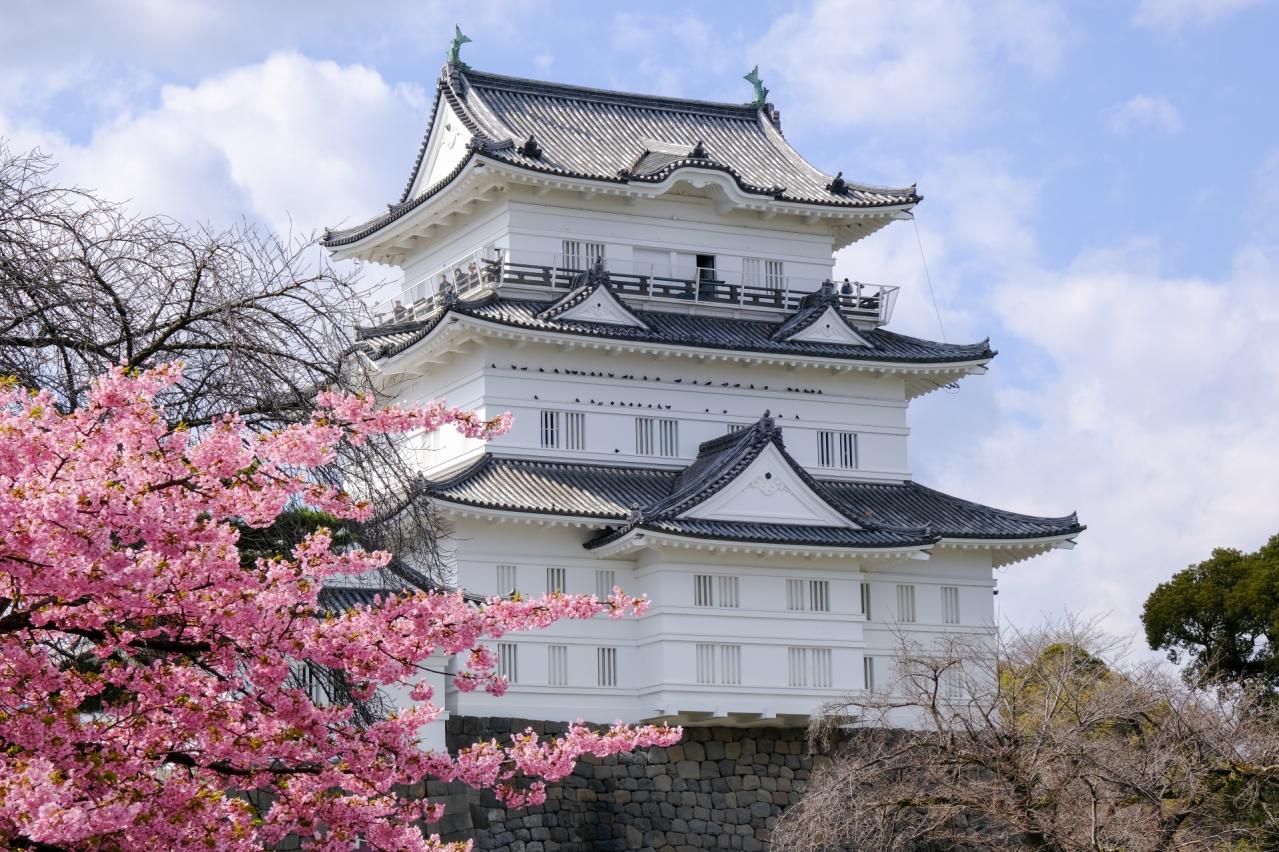
Odawara Castle
Basic Information
- Spot Name
- Odawara Castle
- Location
- 〒250-0014 6-1 Jouna, Odawara City, Kanagawa Prefecture, Japan
- Access
- Approximately a 10-minute walk from Odawara Station [East Exit].
- Parking
- Please use the nearby paid parking facilities.
- Business Hours
- 9:00 AM to 5:00 PM (Last admission at 4:30 PM)
- Regular Holiday
- Second Wednesday of December (for internal maintenance) December 31st to January 1st.
- Fees
- Single ticket for the castle tower:
(Individual) Adults 510 yen, Elementary and junior high school students 200 yen
(Group of 30 or more) Adults 410 yen, Elementary and junior high school students 160 yen
Combined ticket for the castle tower and Tokiwaki gate:
(Individual) Adults 610 yen, Elementary and junior high school students 220 yen
(Group of 30 or more) Adults 500 yen, Elementary and junior high school students 180 yen - Contact Information
- Phone Number:0465-23-1373
- Official Website
Map
Detailed Information
Odawara Castle is believed to originate from a fort built by the Omori clan when they advanced into the area in the mid-15th century. It developed as a strategic point in western Sagami during the late Muromachi period. By around 1500, the Odawara Hōjō clan, descended from Hōjō Sōun, made it their stronghold, and for about 100 years, it served as a center for governance in the Kanto region, resulting in the establishment of a large castle town and defensive system. Especially during the peak of the Hōjō clan, the "Sōgamae," which surrounded the entire castle town, was constructed, stretching approximately 9 kilometers, making it one of the largest fortifications in medieval Japan.
During the "Battle of Odawara" in 1590, the castle was besieged by the large army led by Toyotomi Hideyoshi, and after about three months of resistance, the Hōjō clan surrendered. This battle marked a turning point in Japanese history and was a significant milestone in the history of Odawara Castle. In the Edo period, the castle came under the control of Tokugawa Ieyasu, with the Okubo clan becoming the lords of the castle. Later, after the Inaba clan took over, extensive renovations were carried out, transforming the castle into a solid early modern fortress while reducing its scale to within the third bailey. After the Okubo clan returned as lords, the castle played an important role as a strategic point for the defense of Kanto backed by the Hakone mountains and as a residence for the fudai daimyō supporting the bakuhan system until the end of the Edo period.
Most of the structures of Odawara Castle were dismantled due to the castle abolition order in the 3rd year of the Meiji era, and the remaining stone walls suffered significant collapses during the Great Kanto Earthquake in 1923. Subsequently, as awareness for cultural heritage preservation increased, restoration efforts proceeded, and parts of the second and third baileys were designated as national historic sites in 1938, with the entire honmaru and second bailey being designated in 1959. In 1960, a main keep was reconstructed to restore its appearance in reinforced concrete, followed by the restoration of the Tokiwa Gate in 1971, the Copper Gate in 1997, and the Umadate Gate in 2009, reviving the castle's scenic landscape from the end of the Edo period. Odawara City continues to advance the preservation of historic sites, working to pass on its historical value to future generations.
The castle grounds have been developed into "Odawara Castle Park," which is cherished by many as a place of relaxation where history and nature harmonize. Throughout the year, visitors can enjoy seasonal flowers in the park, with cherry blossoms, plums, wisteria, and iris blooming in their prime. Particularly in spring, around 300 cherry trees adorn the main keep, with various species such as Kanhi cherry, Kawazuzakura, Someiyoshino, Oshima cherry, and Shidarezakura blooming sequentially from late January to early April. During the flowering period, nighttime illuminations take place, and the view of the illuminated cherry blossoms from the observation deck of the main keep captivates many tourists with its enchanting beauty.
Inside the main keep, exhibits showcase the history of Odawara Castle, the structure of the fort, the culture of the Hōjō clan, as well as furniture and art crafts of the time. Visitors can closely observe armor and swords at the Tokiwa Gate, learning about the castle's military aspects. Additionally, the "Odawara Castle NINJA Hall" features exhibits themed around the Fuma ninja, who supposedly supported the Hōjō clan in the shadows during the Warring States period, offering an interactive learning experience that is popular among both children and adults.
The park's "Children's Playground" features a miniature train and various play equipment, allowing families to enjoy a whole day. Furthermore, experiential events such as armor-wearing experiences and weekend shuriken-throwing events are held throughout the year. In recent years, guided tours of the castle town in English, ninja training experiences, and zazen sessions within the castle have been offered for foreign tourists, receiving high praise from both domestic and international visitors.
Odawara Castle is built in a nature-rich area overlooking Sagami Bay, with the Hakone mountains behind it. It is also conveniently accessible, just about 35 minutes by shinkansen from Tokyo Station and a 10-minute walk from JR Odawara Station. With a history of samurai culture dating back to the 15th century, medieval fortifications by the Hōjō clan, early modern fortresses of the Edo period, and contemporary restoration and preservation efforts, Odawara Castle remains a symbolic presence in western Kanagawa, continually attracting many visitors with its history, culture, nature, and experiences.
Odawara Castle Movies
Kanagawa Tourist Attractions
View ListKawasaki Fujiko F Fujio Museum
Kawasaki City Fujiko F Fujio Museum is a cultural facility where you can immerse yourself in the world of Fujiko F Fujio, the creator of many masterpieces, including...
Meigetsuin
Meigetsu-in is a temple of the Rinzai sect of Kencho-ji located in Kamakura, enshrining a seated statue of Kannon, the Bodhisattva of Mercy. In June, approximately 2...
Kamakura Great Buddha (Kamakura Daibutsu)
Kamakura's Great Buddha Hall, Kōtoku-in, is a Jōdo-shū temple located in Hase, Kamakura City. It enshrines the national treasure, the "Bronze Amitabha Buddha Statue ...
Tsurugaoka Hachimangu Shrine
Tsurugaoka Hachimangu is the head shrine of the Sagami province and one of the three major Hachimangu shrines, alongside Usa Jingu in Oita and Ishimizu Hachimangu in...
Yokohama Red Brick Warehouse
Yokohama Red Brick Warehouse is a representative tourist spot in Yokohama that utilizes historical brick buildings constructed between the late Meiji period and the ...
Cup Noodles Museum Yokohama
The Cup Noodles Museum in Yokohama is an interactive food education museum where you can learn about the history of instant ramen and the importance of invention and...








